(07) 5476 9955

K1,
Unit 8/16 Innovation Parkway
Birtinya, QLD 4575
A Self Managed Super Fund allows you to take control of your superannuation savings and invest this money as you see fit. The superannuation environment attracts a tax rate of 15% on earnings and concessional contributions. Capital Gains Tax is only 10% if the asset is held for more than 12 months.
Once you have reached preservation age and are ready to start paying a pension from your super fund, the tax rate reduces to 0% (including Capital Gains Tax on assets sold in pension phase)

Common SMSF Mistakes To Avoid At All Costs
Have you started preparing for your retirement?
A Self Managed Super Fund (SMSF) may seem like something that’s easy to set up, but there are a range of common mistakes people make during the process.
In the long run this can end up costing you thousands of dollars, and cause more than a few headaches.
To avoid making the same mistakes as others, it’s important to understand what the SMSF process entails.
Anyone who’s serious about their future will want to think about what to avoid right away.
So here are some of the most common SMSF mistakes you’ll need to avoid.
Looking for more detailed SMSF info? Check out our list of ATO resources below.
There are many people that simply avoid setting up their SMSF.
This happens more often than it should.
As a result, people end up sitting on a pile of cash in their savings account without knowing what to do. Others may understand the value of their SMSF but won’t know where to begin. This leads to indecisive behaviour that can cost thousands of dollars.


There are a number of costs associated with a SMSF and those expenses cannot be ignored.
Smart investors keep an eye on these costs whether it has to do with investing, accounting, or legal advice. Each component is vital and has to be respected. Taking a look at these numbers is a must as you figure things out in detail or you risk ending up out of pocket.
Looking to save money on your admin costs?
The Super Factory provides a set up cost of $1540+gst for funds with a corporate trustee and an average annual cost of just $1800+gst (which usually includes an independent audit) compared to industry averages of $3,595 and $4,173 respectively.
Setting up an SMSF is easier said than done.
This means people end up with a situation where their investment doesn’t go ahead as planned.
So you have to figure out how to structure your fund.
Your options include:
a) A corporate trustee where all directors are members of the fund.
b) Individual trustees who must be members of the fund.
You will also have to look at details such as setting up a bare trust if you want to borrow within the fund. This can also include loan applications as soon as it is time to borrow money.
Confused about your SMSF rights and responsibilities? Chat with a friendly expert from the Super Factory to get the help you need.


Investing is a part of the SMSF process but it’s also important to keep tabs on the accounting side of things.
When looking at SMSF options a lot of people will move ahead with their investment and ignore the underlying costs that come along with it.
If a person were to purchase a property, they are going to have to deal with stamp duty and legal expenses. These have to be included in the overall investment decision. The same applies to trading shares as there are brokerage fees for each transaction.
It definitely pays to do your homework and research.
It is important to stay aware of these investment costs at all times.
Most people assume it is going to be easy to set up a SMSF, but it does take a bit of time – up to 6 weeks before rollovers are completed and there is money in your SMSF bank account.
There are a few requirements associated with the super fund and it’s important to have a proper timeline in place.
According to coaching expert Renee McDonald, success ultimately comes from preparation. She explains “regardless of what the investment is, you will want to manage it wisely. If you don’t have a proper strategy, you are going to aimlessly invest money without thinking about how it is going to be invested. This is the same in life as well as finances, and certainly the case where a SMSF is concerned.”
You have to be willing to set aside time if the goal is to take a DIY approach to run the super fund. Otherwise, you are not going to see appropriate results.
Here’s what the process requires to run an SMSF:


Running a SMSF is all about knowing the legalities of the investment process and the rules that apply to various investments under the SIS Act.
Let’s assume it’s time to set up your SMSF. The first order of business is to set up a Trustee. This means you are going to follow the established SIS Act and make sure the SMSF is legally compliant.
It’s important to note the rules continue to change with time and it’s smart to remain up-to-date throughout the year. This is the only way to avoid potential legal issues that pop up due to negligence.
The Super Factory is an expert at this and can ensure the right approach is taken.
An issue that also tends to pop up has to do with setting a benchmark and figuring out how things are transpiring as they unfold. Investing is all about having a goal and recognising what is happening as it occurs. This is all about doing your research and taking the opportunity to learn as much as possible about your investments.
If you don’t do this, you can end up in a situation where the wrong decisions are taken.
This is why SMSF investors have to be smart.
Are you ready to learn more about being part of a Self Managed Super Fund? Schedule a time to chat with the Super Factory team today!

© 2020 The Super Factory | All Rights Reserved | ABN: 96 516 278 402